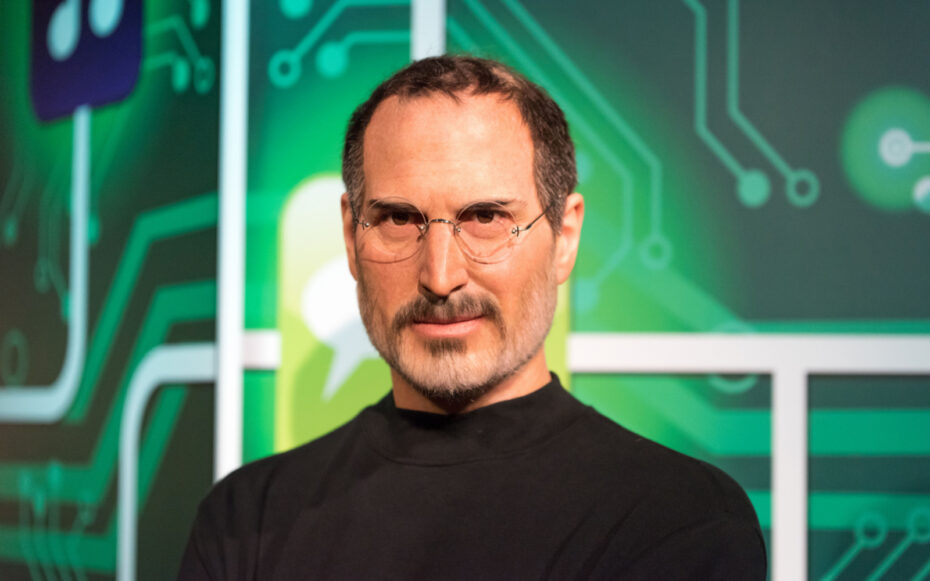How Mega Successful Steve Jobs Made Meetings Productive Again

Steve Jobs died on Oct. 5, 2011, at age 56 following a battle with pancreatic cancer. One of the greatest lessons that Jobs imparted on the rest of the world before he passed away was meeting management.
Inc estimates that companies lose $37 billion each year based on numerous meetings mistakes. The report notes that a third of meetings “simply aren’t productive.”
The report notes that 37% of meetings “start late,” which hurts employee morale and productivity.
“There’s lots of surface acting at work, where you manage your emotions by showing the ‘right’ one for the context when you feel otherwise,” the report stated. “Like if you just had a text-fight with your partner before talking to a customer – or attending a meeting – and then have to pretend to be happy.”
Amazon founder Jeff Bezos revealed that a common flaw in meetings is inviting too many participants. Bezos promoted the “Two Pizza Rule,” which stated that no meeting should have more people than can be fed with a pair of pepperoni pies.
Jobs stressed that corporate meetings should be as small as possible. The Apple head even turned away a president of the United States.
“When President Barack Obama asked him to join a small gathering of tech moguls, Jobs declined — the president invited too many people for his taste,” Business Insider reported in 2015.
During meetings, Jobs reportedly held individuals responsible for each issue on the business agenda.
“While many of us ignore the numbers, that was a hallmark that made Steve Jobs so great,” one report stated. “He knew he had to watch the numbers and do so very carefully. He also had an accountability mindset, ensuring that there was someone responsible for every figure at a meeting. If something was amiss, there was someone who had to fix it.”
Fortune reporter Adam Lashinsky reported in 2011:
Internal Applespeak even has a name for it, the “DRI,” or directly responsible individual. Often the DRI’s name will appear on an agenda for a meeting, so everybody knows who is responsible. “Any effective meeting at Apple will have an action list,” says a former employee. “Next to each action item will be the DRI.” A common phrase heard around Apple when someone is trying to learn the right contact on a project: “Who’s the DRI on that?”
Walter Isaacson, author of the “Steve Jobs” biography, said, “Jobs hated formal presentations, but he loved freewheeling face-to-face meetings.” Every Wednesday afternoon, he had an agenda-less meeting with his marketing and advertising team.
Slideshows were banned because Jobs wanted his team to debate passionately and think critically, all without leaning on technology.
“I hate the way people use slide presentations instead of thinking,” Jobs told Isaacson. “People would confront a problem by creating a presentation. I wanted them to engage, to hash things out at the table, rather than show a bunch of slides. People who know what they’re talking about don’t need PowerPoint.”
RELATED: 10 Years After His Death, This Remains The Best Life Lesson From Steve Jobs